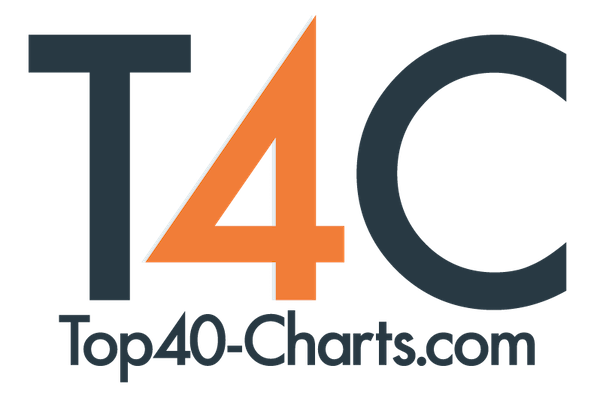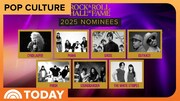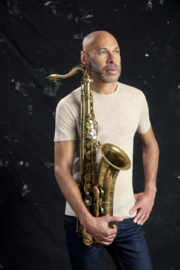New York, NY (Top40 Charts) In an industry driven increasingly by data, streaming platforms have become the primary battleground for new music. While the top 40 charts still represent a major milestone for any artist, the path to mainstream success now often begins far earlier—within the curated, hyper-targeted world of genre-specific playlists. These digital spaces are where songs gain momentum, listeners discover new sounds, and careers quietly begin to take shape.
How spotify playlisting builds a foundation for mainstream crossover
One of the most significant tools for gaining early traction is spotify playlisting, especially through genre-focused lists. While generalist playlists like "New Music Friday" or "Today's Top Hits" provide broad exposure, it's the niche playlists—those targeting hip-hop heads, indie-pop lovers, EDM fans, and everything in between—that often spark an artist's initial rise.
Being added to a playlist like "RapCaviar," "Fresh Finds R&B," or "Alternative Beats" not only boosts a track's visibility but helps artists tap into communities that are already engaged and ready to champion new music. The impact of this exposure goes beyond streams. Spotify's analytics track saves, repeat plays, and user engagement—all of which feed the algorithm, increasing the likelihood of further placement across discovery-based playlists like "Discover Weekly" or "Release Radar."
For up-and-coming artists, this creates a domino effect. The right playlist at the right time can expose your song to thousands of listeners in a single day. If the audience reacts well, momentum builds—organically and measurably—offering clear insight into what's working and where your fanbase is emerging.
Data from genre playlists is shaping release strategies
What makes genre-specific playlists so powerful is not just exposure, but the data they generate. Artists and their teams are now able to see detailed information about how a track performs in real time: where it's being played, who's listening, what percentage finish the song, and what other tracks they engage with.
This kind of insight is redefining how artists approach everything from single selection to release timing. If a dance-pop track is gaining serious engagement in Brazil or Germany, artists can geo-target their marketing or consider regional collaborations. If your lo-fi hip-hop track is being saved at a higher-than-average rate on nighttime study playlists, that's a signal your sound resonates in a particular mood or context.
Mainstream success used to mean appealing to everyone at once. Now, it's about appealing to the right niche first—and letting that enthusiasm grow.
Playlist culture is redefining genre boundaries
Another important shift brought about by genre-specific playlists is how they've blurred the lines between genres themselves. As streaming culture encourages cross-genre exploration, artists are no longer confined to a single sound or audience. A single track might appear on an R&B playlist, a chill study playlist, and a singer-songwriter list—all based on its mood, tempo, and vibe rather than strict genre definitions.
This flexibility has opened up new creative lanes for artists. It's no longer uncommon to see a rapper collaborating with a pop vocalist, or a bedroom producer landing on indie rock playlists. By tapping into multiple niches simultaneously, artists increase their visibility and build diverse fanbases—setting the stage for stronger, more sustainable mainstream appeal.
From playlist to pop culture
It's important to understand that playlists don't just reflect musical trends—they actively shape them. For many fans, curated playlists are the first and primary way they discover new music. Getting placed on a trusted playlist often carries more weight than a blog write-up or a radio spin. The association with a well-known playlist builds credibility and frames an artist within a particular aesthetic or movement.
Moreover, playlist culture plays a critical role in translating digital traction into real-world success. A track that gains momentum on a genre playlist may soon see upticks in Shazam tags, TikTok trends, and even sync opportunities. In some cases, playlist success directly precedes chart success. Look no further than artists like Lil Nas X, Billie Eilish, and Olivia Rodrigo, who all saw massive online engagement before dominating the top 40.
Final thoughts
In today's music economy, the smartest artists are those who understand how to leverage the ecosystem of playlists to create organic growth. Spotify playlisting, especially when targeted by genre, is one of the most effective ways to bridge the gap between niche recognition and mass-market appeal.
Rather than chasing the charts directly, the new strategy is to build loyal listenership within specific sounds, moods, and communities—then let that momentum carry you upward. In a world where digital discovery dictates what makes it to radio, genre-specific playlists have become the gatekeepers to global success.
Â
























